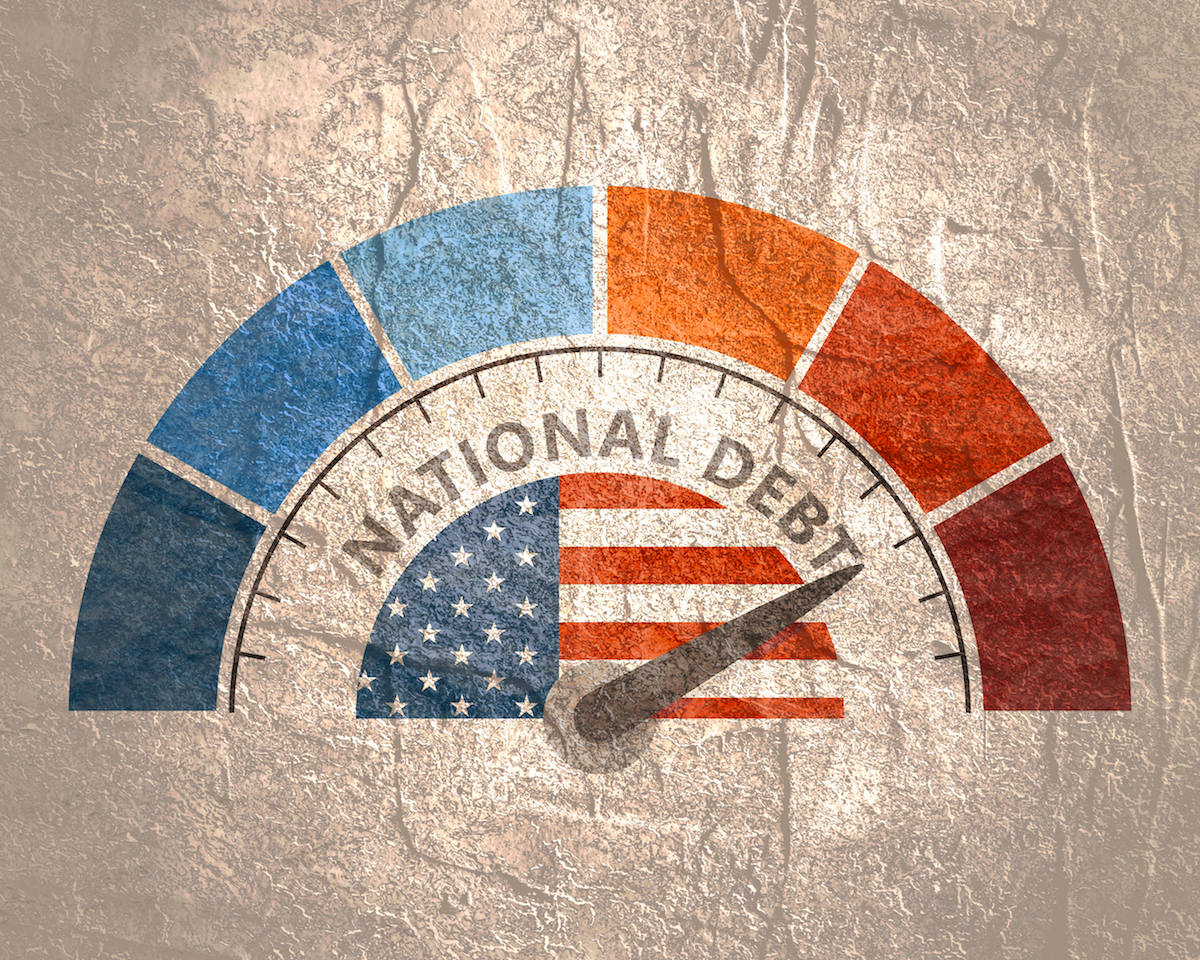These States Have The Highest Amounts Of Credit Card Debt

Some states are reaching new heights — but not the kind to write home about.
According to Experian’s latest State of Credit report, these are the states with highest debt and carried the highest average credit card balances in 2017:
| State | Average Credit Card Debt |
| Alaska | $8,515 |
| Connecticut | $7,258 |
| Virginia | $7,161 |
| New Jersey | $7,151 |
| Maryland | $7,043 |
| Hawaii | $6,981 |
| District of Columbia* | $6,963 |
| Texas | $6,902 |
| Colorado | $6,718 |
| Georgia | $6,675 |
From a macroeconomic standpoint, rising consumer debt is generally regarded as a positive economic trend.
*** SPECIAL NOTE *** – If your credit cards, personal loans, or medical debts have become unmanageable and you owe over $20,000… then go here for debt relief. We can help!
It reflects a boost in consumer confidence: When Americans earn more, they spend more too.
However, in recent years, America’s collective credit card tab has been growing to an unsustainable level. In fact, it currently stands at $834 billion — just over $30 billion away from matching the highest total ever recorded, during the height of the Great Recession.
The Debt Is Rising — But What’s The Cause?
The states carrying the biggest debt loads are contributing significantly to that high.
It’s just hard to identify which specific market forces are driving up a state’s average balance.
The economic health of each state depends on a number of different factors, such as cost of living, unemployment rate and geographic location.
Consider Hawaii and Alaska, for instance. Both sit far from the mainland, which inflates the cost of importing goods and services for their residents, costs that are passed on to each consumer.
Hawaii has the lowest unemployment rate among U.S. states and the highest cost of living.
On the other hand, Alaska has both the sixth most expensive living costs and the highest unemployment rate. Even though they are similar in only two out of three categories, both are among the 10 states with the highest plastic debts.
Watch your credit card spending if you hail from a high-balance state.
Even though averages represent the population as a whole — some consumers owe more than others — certain economic conditions in your home state may be enticing you to charge more to your plastic than you’d like.
At Americor, we understand the unique financial challenges people are facing today.
As America’s trusted source for debt relief solutions, we aim to empower you with financial knowledge that can lead to informed decisions, whether it’s about savings, investments, or managing debt.
If your debt has become unmanageable and you have difficulty making your debt payments each month, then you should consider a FREE consultation call with one of our certified Debt Consultants, who can provide personalized debt relief advice tailored to your specific needs.
By taking proactive steps today, you can put an end to your financial stress and work towards a brighter financial future.
Remember, there is always hope for debt relief, and our team of experienced professionals are ready to guide you on your journey to regaining control of your finances.
For more information on Americor’s debt relief services, contact us today to see how we can help you eliminate your debts, and get on the fast-track to becoming completely debt-free!